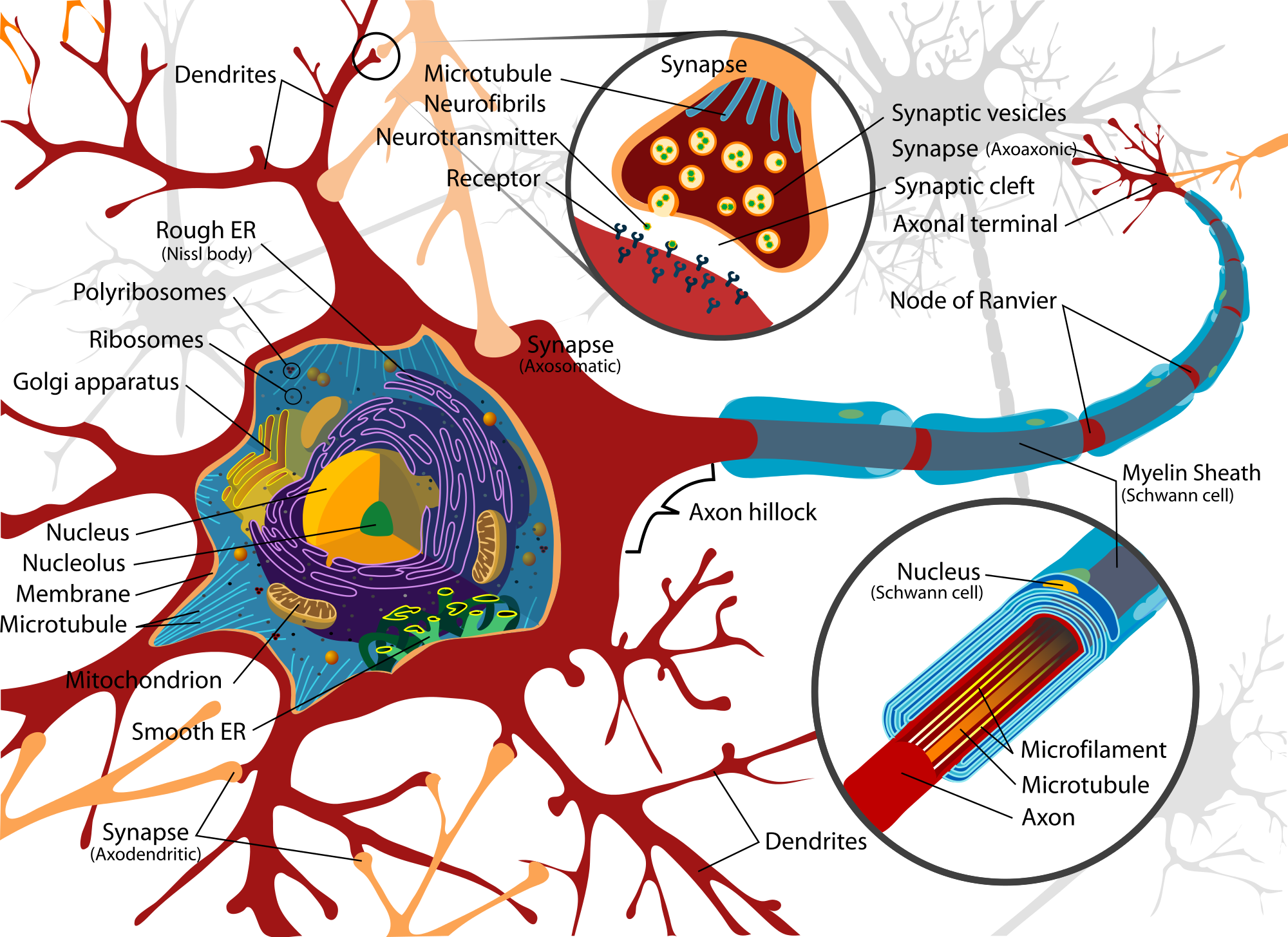Per- and polyfluoroalkyl substances (PFAS), commonly referred to as “forever chemicals,” have garnered increasing attention in recent years due to their persistence in the environment and potential health risks. These synthetic compounds are found in everything from nonstick cookware to firefighting foams, textiles, and even drinking water. As regulatory pressure mounts and public concern grows, PFAS research is evolving rapidly to address the environmental and human health challenges posed by these chemicals. At Matregenix, we are closely following and contributing to the next generation of PFAS solutions.
Emerging Trends in PFAS Research
One of the most promising developments in PFAS research is the shift toward interdisciplinary approaches. Scientists are now combining materials science, toxicology, environmental engineering, and data analytics to understand and mitigate PFAS risks more effectively. Researchers are exploring advanced analytical techniques, including high-resolution mass spectrometry, to detect even trace levels of PFAS in water, soil, air, and biological samples.
Another key trend is the development of next-generation filtration technologies. Electrospun nanofiber membranes, for instance, are proving effective in removing PFAS from water. These highly porous, customizable materials allow for improved selectivity and efficiency, making them a promising solution for both industrial and municipal water treatment applications.
At the same time, green chemistry is driving innovation in the design of PFAS-free alternatives. From textiles to food packaging, researchers are investigating materials that deliver similar performance characteristics such as water and oil resistance without the toxic legacy of traditional PFAS.
Critical Gaps That Remain
Despite significant progress, several critical gaps remain in the field of PFAS research. First, the sheer diversity of PFAS compounds with over 12,000 variants makes comprehensive assessment extremely challenging. Many of these compounds have not been thoroughly studied, leaving their health effects largely unknown.
Second, there is a lack of standardized testing protocols for detecting PFAS in various media. Differences in sampling, analytical methods, and data interpretation can lead to inconsistent results, which in turn hampers effective regulation and risk assessment.
Another major gap lies in understanding the long-term effects of PFAS exposure. While links have been established between certain PFAS and health outcomes like cancer, thyroid disorders, and developmental issues, more longitudinal studies are needed to clarify dose-response relationships and vulnerable population impacts.
Lastly, existing remediation techniques can be costly, energy-intensive, or limited in effectiveness. Incineration, for example, may not completely break down PFAS and can produce toxic byproducts. This underscores the urgent need for scalable, environmentally friendly treatment technologies.
Recent Breakthroughs and Innovations
Despite the challenges, the future of PFAS research is bright, with several groundbreaking innovations leading the way. One notable development is the discovery of PFAS-destroying enzymes and catalysts. These biological and chemical agents offer the potential to degrade PFAS into harmless byproducts under controlled conditions a feat once considered nearly impossible.
Electrochemical and photochemical techniques are also showing promise. These processes use electrical currents or light to break down the strong carbon-fluorine bonds in PFAS molecules. When combined with advanced filtration methods like nanofiber technology, they could offer a multi-pronged approach to PFAS removal and destruction.
At Matregenix, we are actively exploring how our nanofiber-based materials can contribute to PFAS remediation. Our customizable membranes are designed for high surface area and tunable pore size, making them ideal for capturing and filtering out PFAS compounds in both water and air applications. We believe these materials can play a pivotal role in closing the gap between lab-scale research and large-scale implementation.
The Road Ahead
As public awareness increases and environmental regulations tighten, the demand for effective, science-based solutions to PFAS contamination will only grow. The future of PFAS research lies in collaboration between academic institutions, private companies, and government agencies to develop and deploy innovative technologies that are not only effective but also accessible.
Policymakers must also be part of the solution, establishing clear regulatory frameworks and funding mechanisms to support ongoing research and infrastructure upgrades. Equally important is consumer education, as behavioral changes in purchasing and disposal habits can help reduce PFAS exposure and environmental load.
At Matregenix, we are committed to staying at the forefront of this rapidly evolving field. By leveraging cutting-edge materials science and collaborating with global experts, we aim to create practical, sustainable solutions that protect both human health and the environment.
Conclusion
PFAS research is entering a transformative era one marked by technological breakthroughs, interdisciplinary collaboration, and a shared sense of urgency. While challenges remain, the progress being made offers hope for a cleaner, safer future. Through innovation and dedication, Matregenix is proud to be part of the global effort to understand and overcome the PFAS problem.

